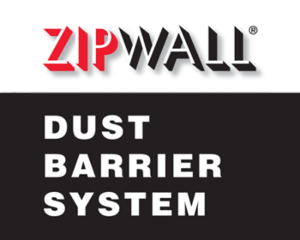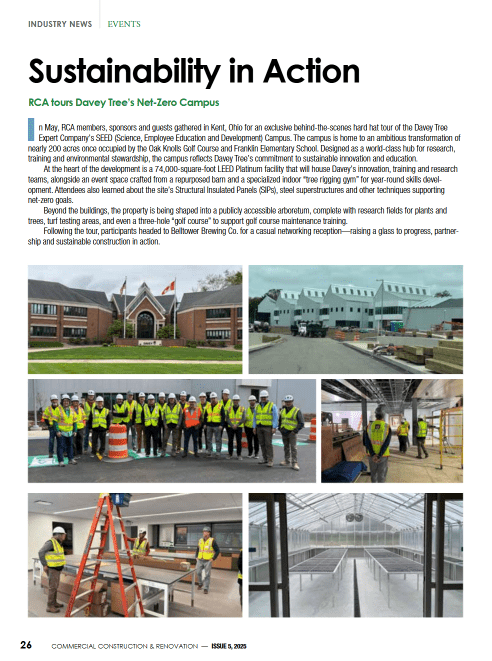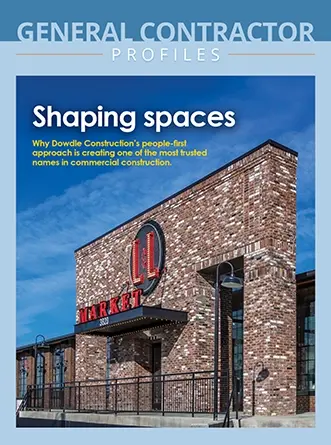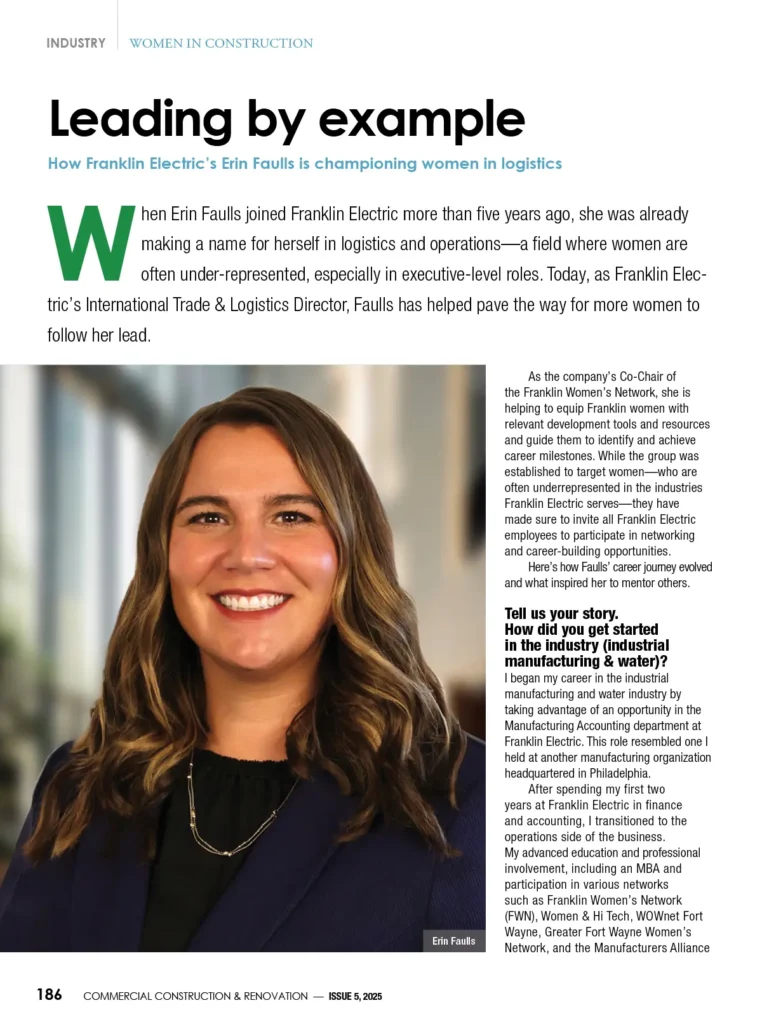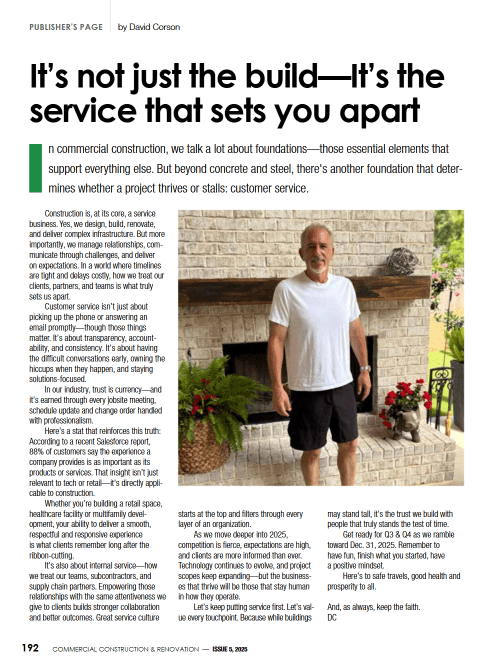
Bricklaying is an essential part of building work. It’s best to hire a skillful bricklayer for the job if you want to avoid making costly mistakes. Although bricklaying may look like a simple task, it’s actually not. Read on to find out how to choose professional bricklayers for hire for your project and learn about the different types of brick cladding.
Bricklayers generally are construction workers. And here is what else bricklayers do:
- They lay the bricks in mortar, forming the framework of buildings and other structures. As part of construction work, they may also work with concrete, cinder blocks and tile.
- In addition to construction work, bricklayers may also work on construction and restoration projects of exterior brick siding. The bricks are cut, shaped, and placed in place to create an attractive structure.
- Cladding interior brick veneer. The most popular style of thin brick veneer is the one that resembles the look of real brick. This style is perfect for modern-style homes, hallways and patios and bathrooms. This type of brick is also easy to maintain and clean.
How much does bricklaying cost?
The cost of bricklaying will depend on how much material you choose, how big your wall is, and whether you choose to hire a contractor or do it yourself. While bricklayers typically work as independent contractors for construction firms, they can also choose to open their own construction businesses. In Canada, bricklayers can charge between $8 to $18 per sq. ft for solid brick and $ to $12 sq ft for veneer installation.
How to choose the best bricklaying specialist?

Bricklaying is a skill that can only be learned after years of experience and exposure to many different projects. An inexperienced bricklayer can result in a subpar finished product or less safety of your structure. Therefore, make sure to hire bricklaying with firm expertise.
Typically, bricklayers are trained through a specialized course. Listed below are some things to look for in a master bricklayer.
- When choosing a bricklaying team, experience is a must. Hiring a qualified contractor ensures quality workmanship and the integrity of the structure. Ask your candidate about qualifications and local license.
- While cost is always a factor when choosing bricklayers, you should consider other factors as well, including expertise in the kind of projects you are eager to. Сheck your candidate’s portfolio or references from clients.
- insurance. Safety should go first in bricklaying work. One of the ways to check how responsible a contractor is, to ask about their insurance. If the proper insurance is in place, most likely, the safety rules are taken seriously.
Types of bricklaying cladding

The types of brick cladding are many. They provide a traditional, charming look and can be colored to match the structure’s appearance. Listed below are some of the most common types of brickwork that you might encounter when building or remodeling your house.
Exterior brick wall
Unlike many other materials, exterior brick siding doesn’t require to be painted, and it rarely requires cleaning. Plus, it’s very resistant to pests and fireproof. However, you should check your brick siding every few years or so. After 25 years, you should have the work checked to ensure the brick siding is still in good condition. Then you may need to clean the efflorescence.
Interior brick veneer
Brick veneer is usually lighter than the actual building bricks. When used as a cladding material, brick cladding tiles are installed to draft walls. While brick veneer doesn’t require a perfect base, it does require a skilled professional to install brick veneer properly. To avoid having problems with installation, make sure to prepare the wall before hiring a bricklayer. Finally, make sure to cover the floor underneath the wall.
Bricks can be shaped in many different ways. Brick cladding is durable and easy to maintain. It is typically used on the external walls of buildings as well as interior walls. It is also particularly effective for commercial buildings through its noise reduction properties. Depending on the type and style, the brick cladding may be more affordable or more low-maintain required than other sidings.







